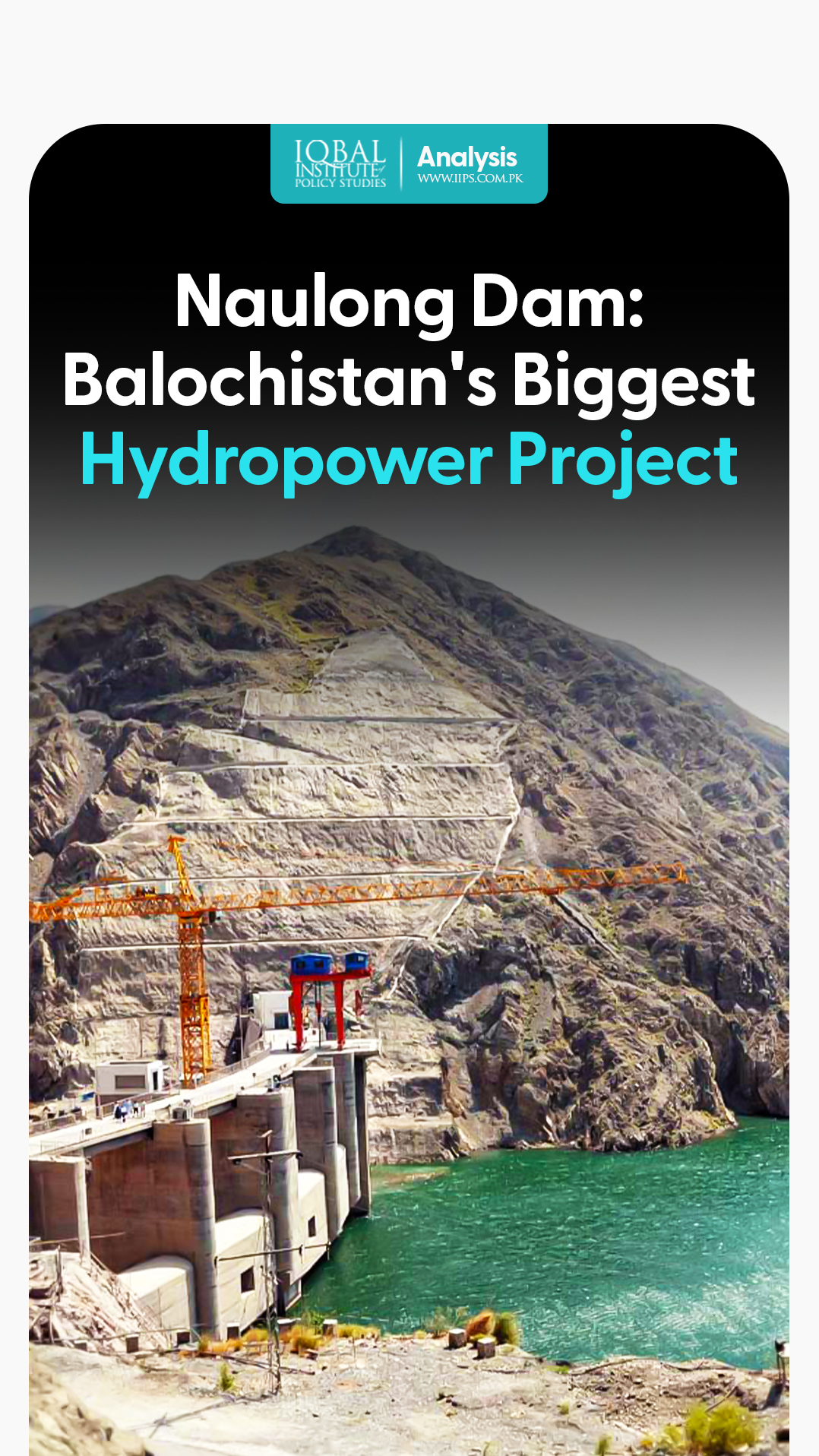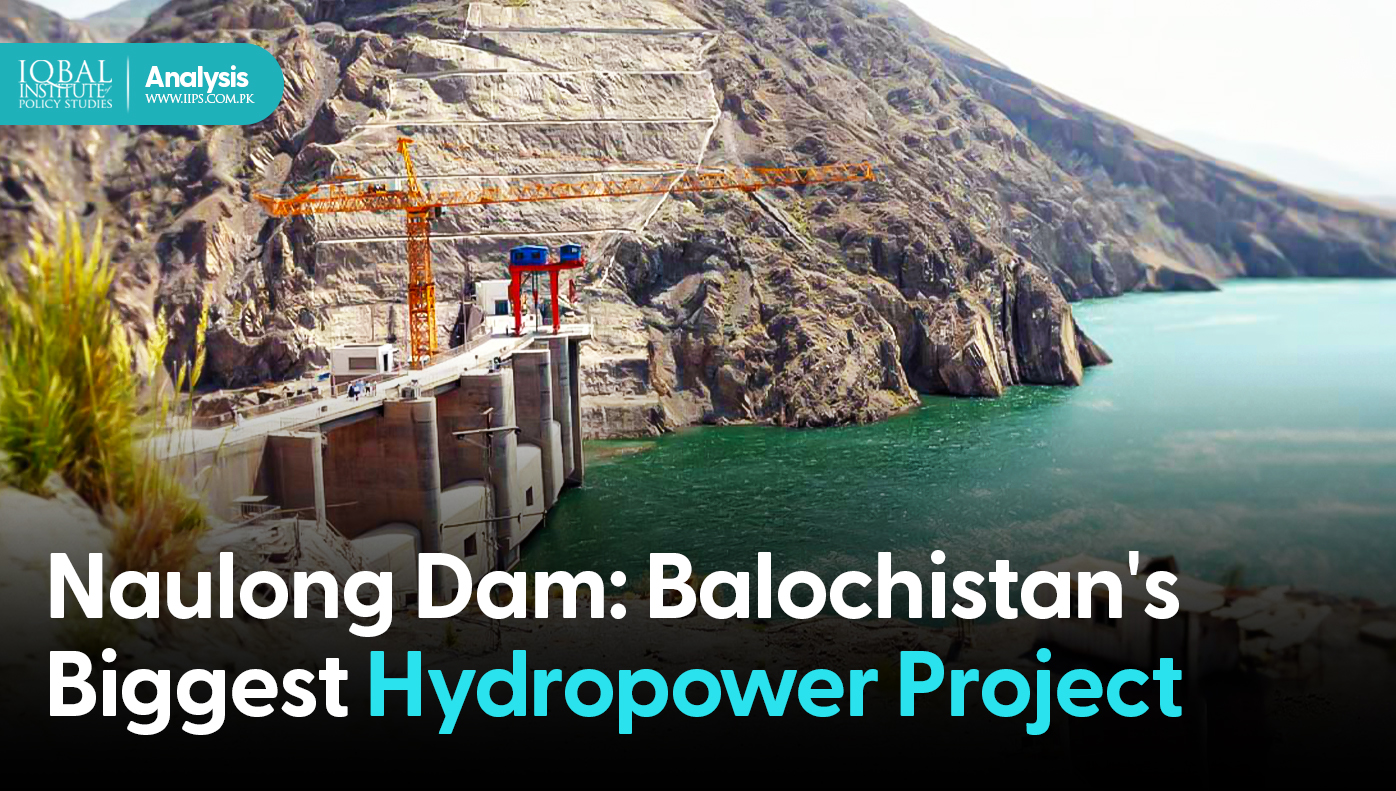Energy is a basic need for a society’s socio-economic progress. Energy demand in Pakistan is increasing with the rapidly growing population and industrialisation. Currently Pakistan is facing an energy crisis, as some 51 million people lack access to electricity and about 90 million suffer from unreliable power supply and load shedding on a daily basis. The over reliance on imported fuel for thermal generation is putting the government under pressure to address an annual average power deficit of 4,000 MW. To increase energy production, Pakistan should increase the share of renewable energy resources such as hydro, wind, solar, ocean tidel, etc.
Pakistan is blessed with considerable water resources having 60,000 MW of hydropower potential in the country, of which only 7,320 MW has been developed (WAPDA,2019). Hydropower projects can create a food security buffer and provide clean drinking water to common residents and create job opportunities for the people.
The government is making efforts to conserve water and manage incurring floods through small dams. The completion of these dams will help the irrigation system besides tackling the water scarcity situation in the country.
Furthermore, in collaboration with the federal and provincial authorities, the government has initiated the 100 Dams Balochistan project to solve the water shortage problem in Balochistan. The water table in Balochistan is quite low, becoming a major challenge in fetching water for irrigation.
To cope with the water requirements in the province, the government has sponsored the construction of many dams in Balochistan, some of which are operational while others are yet to be completed.
Naulong Dam is considered the biggest hydropower project in Balochistan. It can irrigate 47,000 acres of barren land with the provision of 4.4MW of electricity. The total estimated cost of the dam is about Rs3.85 billion.
It is a 186-feet high dam with a total storage capacity of 242,452 AFd. The dam will be constructed at Mula River (District Jhal Magsi) and has gross storage of 242,163 acre-feet of water with a live storage capacity of 200,000 AF.
Furthermore, it will generate 23,500 agricultural jobs, increasing the employment rate in the province. It will also help protect the catchment areas from severe flood. Its annual benefits to agriculture will be Rs. 2.017 billion, power Rs. 0.413 billion, and fisheries Rs. 0.018 billion. The dam will boost economic activities and strengthen the farmer fraternity in the province.



Leave a Reply